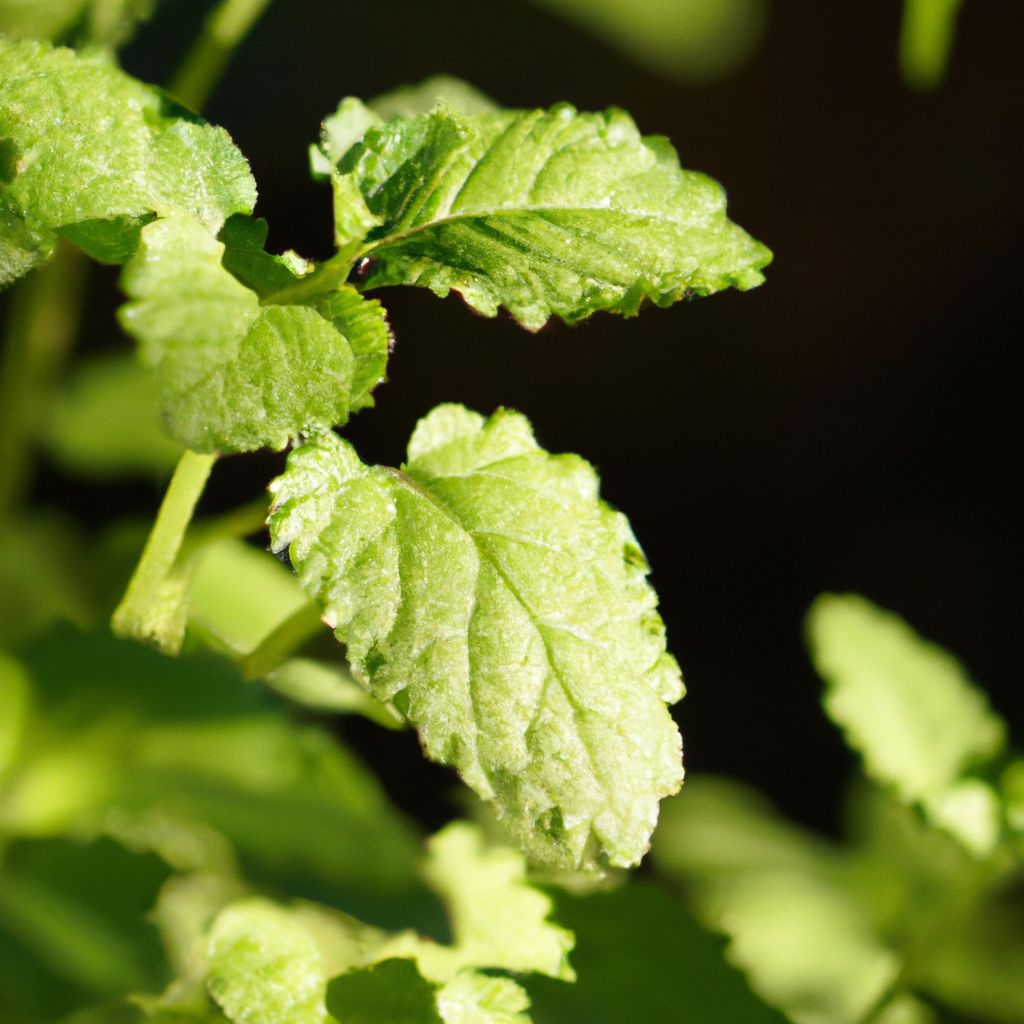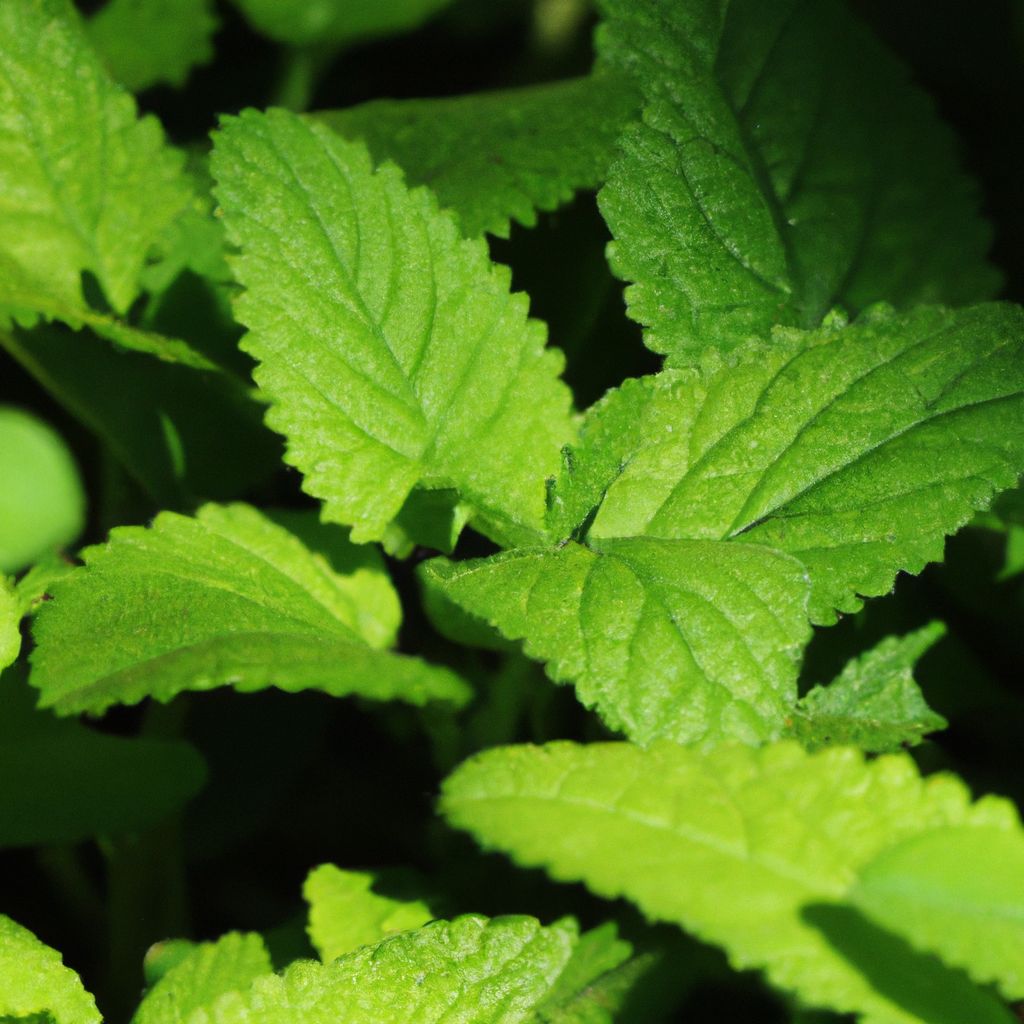Discover the rich flavors and versatility of walnuts, hazelnuts, chestnuts and other gems harvested right in Eastern European backyards. These Eastern European homegrown nuts offer remarkable nutrition and environmental sustainability.
Eastern European Homegrown Nuts: An Introduction
Eastern European homegrown nuts refer to walnuts, hazelnuts, chestnuts and other nut varieties cultivated in home gardens or small orchards across Eastern Europe. Unlike mass-produced nuts, these homegrown treats are harvested just steps from where they are grown.
Nutritional Value
Rich in nutrients like healthy fats, plant-based proteins, fiber and essential vitamins and minerals, Eastern European homegrown nuts provide robust nourishment.
Healthy Fats
Homegrown nuts contain monounsaturated and polyunsaturated fats that help regulate cholesterol levels and lower heart disease risk.
- Omega-3s: Walnuts have a particularly high omega-3 content, with 2.5 grams per ounce—more than any other nut. Omega-3s reduce inflammation and support cognitive, skin, eye and heart health.
- Monounsaturated Fats: Most of the fat in hazelnuts and almonds comes from monounsaturated fatty acids like oleic acid. These healthy fats help lower LDL “bad” cholesterol when combined with a Mediterranean style diet.
Plant-Based Proteins
Nuts offer a sustainable protein source for vegetarian and vegan diets.
- Walnuts contain 4 grams of protein per ounce, while almonds have 6 grams per ounce. Adding nuts to salads, baked goods and more substantially boosts meal protein content.
- The amino acid profile of tree nuts makes them a complete protein source, as they contain adequate levels of the essential amino acids our bodies cannot make on their own.
Dietary Fiber
With around 2-3 grams of fiber per ounce, homegrown nuts promote healthy digestion. The skin of the nuts contains the majority of their fiber.
- Fiber creates bulk in the digestive tract, encouraging regular bowel movements and preventing constipation. It also slows digestion, leading to improved glycemic control.
- Eating fiber-rich nuts may enhance feelings of fullness and help manage appetite and calorie intake. Scientists believe their high satiety value partially explains why nut consumption aids weight loss.
Vitamins & Minerals
Eastern European nuts provide:
- Vitamin E: A potent antioxidant that protects cells from oxidative damage and inflammation. It also supports immune function and healthy blood vessels.
- Thiamin, Niacin & Vitamin B6: Essential for turning nutrients from food into cellular energy. They also enable proper nervous system functioning.
- Folate: Critical for DNA and cell health. It also reduces risk of certain birth defects when consumed pre-conception and during early pregnancy.
- Minerals: Including iron, magnesium, phosphorus, potassium, zinc, copper and selenium. These support blood health, bone density, muscular contraction, nerve transmission, immunity and metabolism.
Environmental Sustainability
Home cultivation of nuts reduces carbon emissions associated with transporting imported commercial nuts long distances. Nut trees also support local ecosystems through improved soil health, biodiversity and carbon sequestration. Compared to water-intensive commercial nut production, small-scale regional nut harvesting conserves water resources.
Reducing Food Miles
The fewer miles—or “food miles”—our food travels between farm and plate, the lower its carbon footprint. Homegrown nuts skip international shipping routes, retaining more nutrients and freshness too.
Promoting Soil Health
As long-living perennials, nut trees develop deep root systems over time. Their roots decrease soil erosion and compaction while restoring fertility through nutrient cycling.
Supporting Biodiversity
Nut trees provide habitat and food for wildlife including insects, birds and small mammals. They promote Genetic diversity by preserving heirloom and regional nut varieties.
Enhancing Carbon Capture
Nut trees actively remove carbon dioxide from the air during photosynthesis, storing excess carbon in their branches, leaves and extensive root systems. This carbon remains locked in the soil as the trees grow over years.
The Joys of Harvesting Homegrown Nuts
Harvesting Eastern European homegrown nuts connects you to the land’s bounty. Trees planted by previous generations now offer their goodness.
Choosing Peak Ripeness
Monitor your trees to pinpoint peak ripeness. Signs include:
Visual Checks
Husks cracking open, color changes from green to brown and increased nut drop signals ripening nuts. Ripe nuts should release easily from branches when picked.
Firmness Tests
Gently squeeze sample nuts between your fingers, feeling for solidity within the shell without crumbling. Harvest-ready nuts feel firm with no internal rattling.
Seasonal Timing
- Walnuts: Ripen late summer into fall. Harvest when green hulls begin browning and splitting.
- Hazelnuts: Turn brown and drop from trees in autumn. Pick nuts directly off branches for maximum freshness.
- Chestnuts: Gather fallen chestnuts promptly after spiny husks split open in fall, before pests or rot set in.
Gathering Techniques
Tree Shaking
Vigorously shake tree branches using poles or hooks to dislodge ripe nuts without over-stressing limbs. Allow nuts to fully ripen before picking.
Collecting Windfalls
Frequently check the ground after storms or high winds for freshly fallen nuts. Retrieve quickly before mold, insects or squirrels get them.
Prompt Harvesting
After shaking branches or heavy winds, promptly collect nuts littering the ground within a day or two to prevent spoilage.
Aftercare Essentials
Once harvested, properly prepare nuts for eating and storage:
Cleaning
Remove outer husks, shells and debris soon after picking. Discard any nuts showing wormholes or signs of rot.
Drying
Further drying is vital for storage and locking in flavor. Spread nuts in a single layer so air circulates on all sides.
Storage Preparation
Before storing nuts, make sure they are thoroughly dry to prevent harmful mold growth during storage.
Sorting & Inspecting
Inspect nuts and remove any with significant insect or structural damage that can accelerate spoilage.
Preparing Homegrown Nuts
After harvest, remove hulls and debris before washing the nuts. Allow them to dry completely to lock in maximum freshness and flavor.
Cleaning Methods
Hand Cleaning
Manually remove any dirt along with stubborn hulls or debris sticking to nut shells using a vegetable brush or towel.
Power Washing
For large batches, quickly blast away surface debris using a high-pressure nozzle without damaging the shell.
Drying Techniques
Effective drying is key to preventing mold growth. Methods include:
- Spreading nuts on screens with airflow beneath
- Placing nuts in a single layer on dehydrator trays
- Using fans, sunlight or low temperature ovens
Rotate nuts every few hours to expose all sides.
Roasting & Flavoring
Roasting intensifies flavor and gives homegrown nuts an irresistible crunch. Coat roasted nuts with spices for added zing.
Oven Roasting
- Process: Spread nuts in a single layer on a baking sheet. Roast at 300°F, stirring occasionally, until fragrant and lightly browned.
- Tips: Chop or blend roasted nuts to release oils and aroma before adding to recipes. Check frequently to avoid scorching.
Stovetop Roasting
- Process: Heat a dry skillet over medium-high heat. Add nuts and stir constantly until evenly toasted.
- Tips: Use a heavy pan like cast iron or stainless steel. Keep the heat no higher than medium to prevent burning.
Seasoning Ideas
After roasting, enhance flavor by tossing nuts with:
- Savory: Oil, rosemary, thyme, oregano, garlic, onion, paprika or cayenne pepper
- Sweet: Honey, maple syrup, brown sugar or cinnamon
- Gourmet: Truffle oil, curry powder, espresso rubs, citrus zest or specialty spices
Recipe Inspiration
Mix roasted nuts into both sweet and savory dishes:
- Trail mixes, granola, nut butters, cookies, pastries, crusts, baklava, brittle
- Salads, stir fries, grain bowls, pesto, vegetarian taco meat, nut cheeses
Baking & Cooking Substitutions
Homegrown nuts lend their nutrition, texture and flavor to recipes:
Gluten-Free Baking
- Substitute nut flours for up to half the wheat flour in recipes. Try almond, hazelnut or walnut flours.
- Replace breadcrumbs with finely ground nuts in coatings, fillings and baked goods.
- Use ground nuts in place of flour to add moisture and structure to cookie, cake or muffins batters.
Non-Dairy Milk
- Soak raw nuts overnight, then blend with water and strain to produce creamy homemade plant-based milk.
- Almond and walnut milk offer rich depth and healthy fats compared to commercial non-dairy options.
Nutritional Boosts
- Finely chop nuts and fold into oatmeal, yogurt, salads or smoothies for extra nutrition and crunch.
- Mix ground nuts into grain bowls, veggie burgers or meatballs to increase protein substantially.
Storing Homegrown Nuts
Storing nuts properly is key to locking in freshness and enjoying their goodness year-round.
Storage Tips
Shelled Nuts
Keep best to preserve freshness long-term. Check shells for mold or tiny holes signalling insects before shelling. Discard damaged nuts.
Controlling Moisture
Too much moisture causes harmful mold growth. Ensure nuts are completely dried before storage by conducting a snap test—kernels should break crisply when fresh.
Storage Containers & Conditions
For best quality, store shelled nuts in airtight glass jars or freezer bags in the refrigerator or freezer. Cold, dark spaces prevent rancidity. Adding a desiccant packet removes humidity.
Expected Shelf Life
If properly stored, shelled nuts retain optimum flavor and nutrition for:
- Countertop: 2 to 3 months
- Refrigerator: 6 to 12 months
- Freezer: 1 to 2 years
Follow these tips, and your homegrown nuts will retain peak nutrition and flavor for seasons of enjoyment.
Cultivating Future Generations of Nuts
Cultivate your own nut trees to secure an ongoing homegrown supply while promoting sustainability.
Growing Nut Trees
Grafted Saplings
Offer the fastest harvesting, often within 3 years. Produce nuts identical to parent tree.
Growing from Seed
Start seeds from mature trees. Sprout and grow seedlings in nursery pots before transplanting outdoors after 1-2 years. Provide consistent moisture, and protection from frost when young.
Ideal Conditions
Consider chill hours, sunlight, nutrients, moisture, airflow and space needs for the specific nut tree variety you choose. Amend soil if needed.
Sustainable Care
Cultivate ecologically sustainable care practices:
Soil Health
Enhance soil life and fertility through cover crops and compost instead of synthetic fertilizers. Java trees help fix nitrogen.
Water Conservation
Conserve water with drip irrigation, drought-resistant varieties, careful mulching and smart scheduling aligned with weather patterns and growth cycles.
Pest Management
Exclude pests by removing diseased wood and fallen nuts. Trap pests with pheromones. Spot treat infestations with gentle horticultural oils and soaps. Support natural predators.
Passing Knowledge Through Generations
Preserve heritage and cultivate community:
Recording Details
Keep written records of fruiting patterns, harvest dates, yields, nut quality, and preparation methods from year to year. Save favorite heirloom recipes.
Sharing Traditions
Teach children harvesting basics and hand down proven preservation techniques. Host community nut roasts or nut butter making workshops to share the bounty.
Let the joys of Eastern European homegrown nuts continue for generations through environmental stewardship and community spirit.
Enjoy the Nourishing Nutrients of Eastern European Homegrown Nuts
Eastern European homegrown nuts offer a treasure trove of flavors and nutrition from the comfort of our own backyards. When harvested, prepared and stored with care, these seasonal gems retain their freshness and environmental benefits for the entire year. Beyond their versatility in recipes and nourishing properties, homegrown nuts provide a meaningful chance to pass on time-honored traditions. As we shake the trees, gather fallen treasures, and share the bounty across generations, we celebrate sustainable living and foster community. Ultimately, embracing the cyclical rhythms of small-scale nut production enriches the land that sustains us. From soil health and water conservation, to preserving heirloom varieties and heritage recipes unique to each region, Eastern European homegrown nuts connect us to place and people in profoundly satisfying ways.
Frequently Asked Questions
What are the most common types of Eastern European homegrown nuts?
The top three nuts grown in home gardens and small orchards across Eastern Europe are walnuts, hazelnuts and chestnuts. Other varieties like almonds, pistachios and pecans can grow in some regions as well.
When is the best time to harvest Eastern European homegrown nuts?
Peak harvest season spans from late summer through late autumn when nuts ripen and drop from trees. Exact timing varies by nut variety and local climate patterns. Watch for visual ripeness signs like hull splitting and monitor sample nuts for ideal firmness.
How can I tell if Eastern European homegrown nuts are ready for picking?
Indicators nuts are ripe include loosening hulls that crack open, increased drop rate, color change from green to brown, and a firm feel when squeezed. Scoop up windfalls promptly before pests get them. Shaking tree branches can help dislodge nuts without forcing them off before ideal maturity.
What is the proper way to dry and store Eastern European homegrown nuts after harvest?
After removing hulls, clean nuts should be dried on racks or screens in single layers for 1-2 weeks until crispy. Then store shelled nuts in airtight containers in the refrigerator or freezer to retain maximum freshness and nutrition for up to one year.
How long will Eastern European homegrown nuts last if stored properly?
Shelled nuts stored with ideal temperature and humidity controls will last approximately 2-3 months at room temp, 6-12 months refrigerated, and 1-2 years frozen. Unshelled nuts have shorter shelf lives around 2-3 months.
Can you eat Eastern European homegrown nuts raw or do they require roasting?
Most nuts can be enjoyed raw or roasted. Roasting brings out deeper, nuttier flavor notes and provides desirable crunch. Whether raw or roasted though, proper drying is vital for food safety and preventing spoilage during storage.
What are some common ways Eastern European homegrown nuts are used?
These versatile nuts get used in both sweet and savory recipes. Popular options include nut crusts, cakes, cookies, granola, trail mixes, nut butter, salads, pestos, vegetarian dishes, grain bowls and more. Ground nuts can be substituted for flour in many baked goods.
Why are Eastern European homegrown nuts considered environmentally sustainable?
Homegrown nuts eliminate long-distance shipping associated with imported commercial nuts sold in stores. Nut trees enrich soil nutrition, support helpful pollinators, foster biodiversity and sequester carbon from the atmosphere in their biomass as they grow over years.
How can I get started growing my own Eastern European nut trees? Both grafted saplings and starting trees from seed are options. Choose disease-resistant plants suited for your growing zone. Amend soil nutrition, sunlight and moisture as needed to match requirements.
What are some best practices for sustainably caring for nut trees? Promote soil health through compost application over chemical fertilizers. Conserve water and deter pests with gentle, non-toxic solutions. Record fruiting patterns and preserve family nut preparation recipes for future generations.
























































